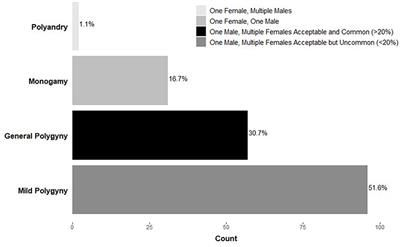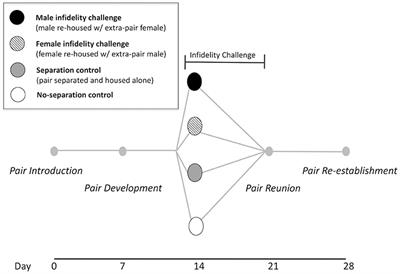EDITORIAL
Published on 28 Apr 2020
Editorial: What's Love Got to Do With It: The Evolution of Monogamy
doi 10.3389/fevo.2020.00110
- 4,486 views
- 5 citations
33k
Total downloads
745k
Total views and downloads
EDITORIAL
Published on 28 Apr 2020
REVIEW
Published on 10 Jan 2020

REVIEW
Published on 13 Sep 2019

REVIEW
Published on 17 Jul 2019

ORIGINAL RESEARCH
Published on 07 Feb 2019

REVIEW
Published on 29 Nov 2018

ORIGINAL RESEARCH
Published on 27 Nov 2018

ORIGINAL RESEARCH
Published on 09 Nov 2018

ORIGINAL RESEARCH
Published on 17 Oct 2018

ORIGINAL RESEARCH
Published on 19 Sep 2018

SYSTEMATIC REVIEW
Published on 19 Sep 2018

ORIGINAL RESEARCH
Published on 28 Aug 2018
